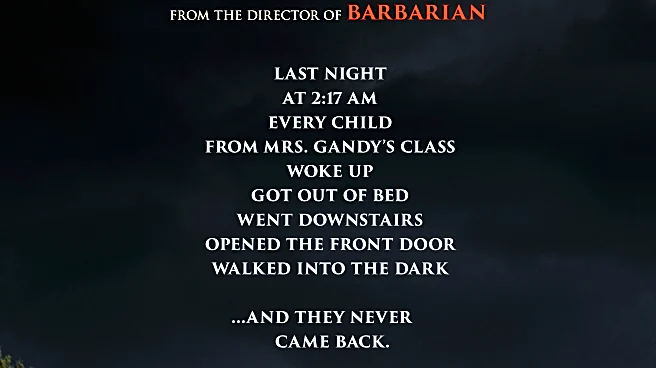What's Happening?
The summer box office for 2025, spanning from May to August, reached $3.53 billion, falling short of the anticipated $4 billion milestone. This shortfall of approximately $470 million is attributed to a lack of major blockbuster hits that could sustain momentum throughout the season. Analysts, including Paul Dergarabedian from Comscore, noted that while the summer slate appeared strong on paper, the actual performance did not meet expectations. The season saw only one film, 'Lilo & Stitch,' surpass the $1 billion mark globally, highlighting a scarcity of significant global breakouts compared to previous years. The underperformance has prompted studios to reconsider their release strategies and marketing approaches for upcoming seasons.
Why It's Important?
The failure to reach the $4 billion target has significant implications for the film industry. It suggests a potential shift in how studios plan and market their releases, with a focus on balancing marquee titles with a robust lineup of mid-range films. The shortfall also indicates possible franchise fatigue and challenges in attracting weekday audiences. For studios, this could mean tighter budgets for unproven projects and a reevaluation of release schedules to avoid overcrowding. For moviegoers, this might result in fewer simultaneous blockbuster releases and more strategic marketing efforts. The industry's ability to recover full-year revenue will depend on the success of fall releases, which now carry additional weight.
What's Next?
Studios are expected to recalibrate their strategies by delaying or reworking late-year tentpoles and exploring international markets to mitigate reliance on single-market performance. Exhibitors may experiment with premium programming and ticket pricing to boost attendance. The performance of upcoming fall releases, such as 'Wicked: For Good' and 'Zootopia 2,' will be crucial in determining whether the industry can recover its full-year revenue targets. The cautious approach adopted in 2025 is likely to influence planning and budgeting decisions as the industry moves into 2026.












